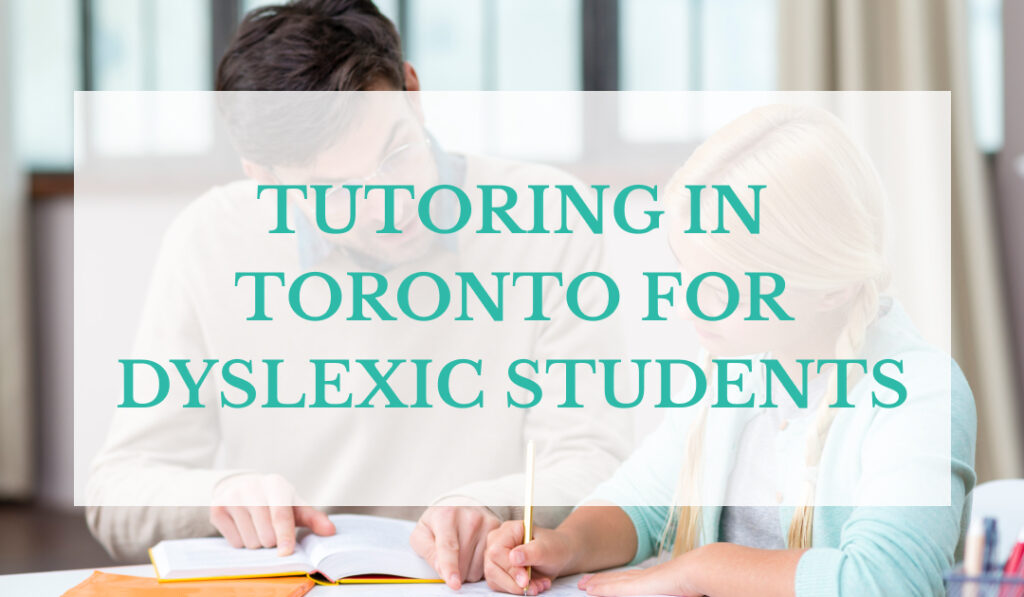Being diagnosed with dyslexia doesn’t mean that your child can’t succeed in life. In fact, there are some tutoring methods that can support dyslexic students to boost reading performance significantly. One of the most common methods of tutoring in Toronto for dyslexic students is the Orton-Gillingham approach.
Which is the Best Tutoring Method for Dyslexic Students?
The most popular technique for supporting students with dyslexia is Orton Gillingham Approach. This approach has long been used to teach children with dyslexia how to read. By considering the relation between letters and their sounds, dyslexic students can develop better overall comprehension. In addition to this, it also uses a multi-sensory approach, which means that sound, touch, sight, and movement all work together when learning words.
What is the Aim of One-on-One Tutoring Sessions for Dyslexic Students?
Generally, the goal of a tutoring session with Toronto Tutors at Class in Session using the Orton-Gillingham approach is to make students with dyslexia feel confident in their own reading and language skills. Rather than hoping a child memorizes words, the tutors focus on the growth of students as learners and help them feel confident in their reading abilities independently.
Multisensory Instruction Technique
Multisensory Instruction is a technique used by tutors who follow the Orton-Gillingham approach. There are three primary ways in which students learn: through visual, auditory, and tactile/kinesthetic methods. Basically, students learn by hearing, seeing, and feeling. By engaging with all three of these approaches, students can better understand language challenges. This is why you may see a tutor using this approach to encourage students to say a word while looking at it or to write a letter in the sand while saying it aloud. Through these exercises, students are engaging with all three forms of learning, which makes the learning process more effective.
What Can You Expect from Orton-Gillingham Tutoring Session?
As you may have guessed, a typical tutoring session that uses the Orton-Gillingham approach can support children with dyslexia. Each session aims to use similar ways to improve student understanding and reading independence. Usually, sessions start with the most basic skills, including phonemic awareness. This might be done by using a deck of sounds and letters, where students look at the characters, sound them out, write them down, and get comfortable with them. Multisensory drills are used daily to ensure student engagement and understanding.
Then, Orton Gillingham Tutors will usually move on to a new topic. Every time a new idea is introduced, more spelling and reading practice exercises take place. Finally, the session usually ends with practicing learned words that don’t follow typical spelling rules to help students recognize the complexity of the English language.
- Individualized Lessons
Orton-Gillingham’s approach is individualized to each child’s needs and abilities. The primary focus of each session is on skill development.
- Highly Structured
In the Orton-Gillingham approach, Orton-Gillingham Toronto Tutors work closely with students to develop skills in a highly structured way. Tutors introduce skills starting from the most basic and proceed further to more complex ones.
- Multisensory Learning
Orton-Gillingham’s approach uses a multi-sensory technique, which uses different learning pathways of auditory, visual, tactile and kinesthetic. It is used to teach, which results in greater skill retention among those who struggle with literacy.
If your child has symptoms related to dyslexia, or your child has been diagnosed with dyslexia, you can contact Class In Session as we have experienced tutors who can support dyslexic students using trusted and tested techniques. We use the Orton-Gillingham approach and other techniques designed to reduce the symptoms of dyslexia.
